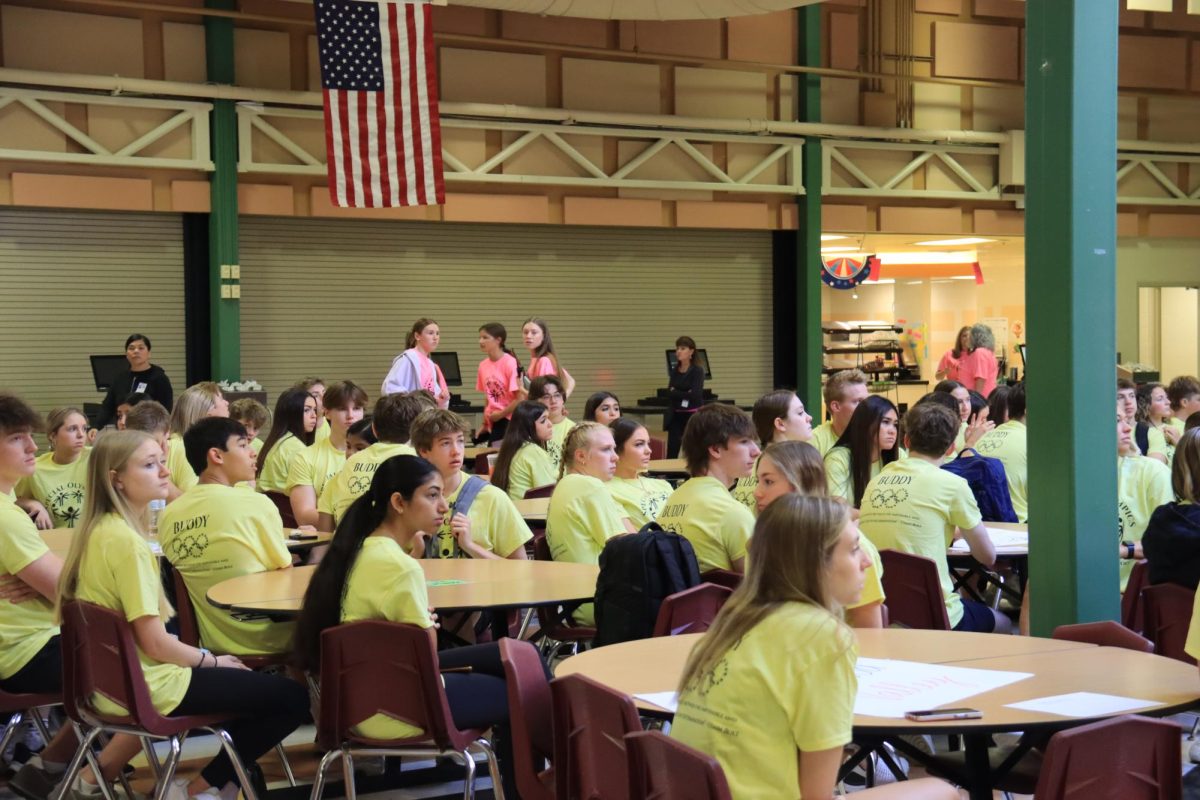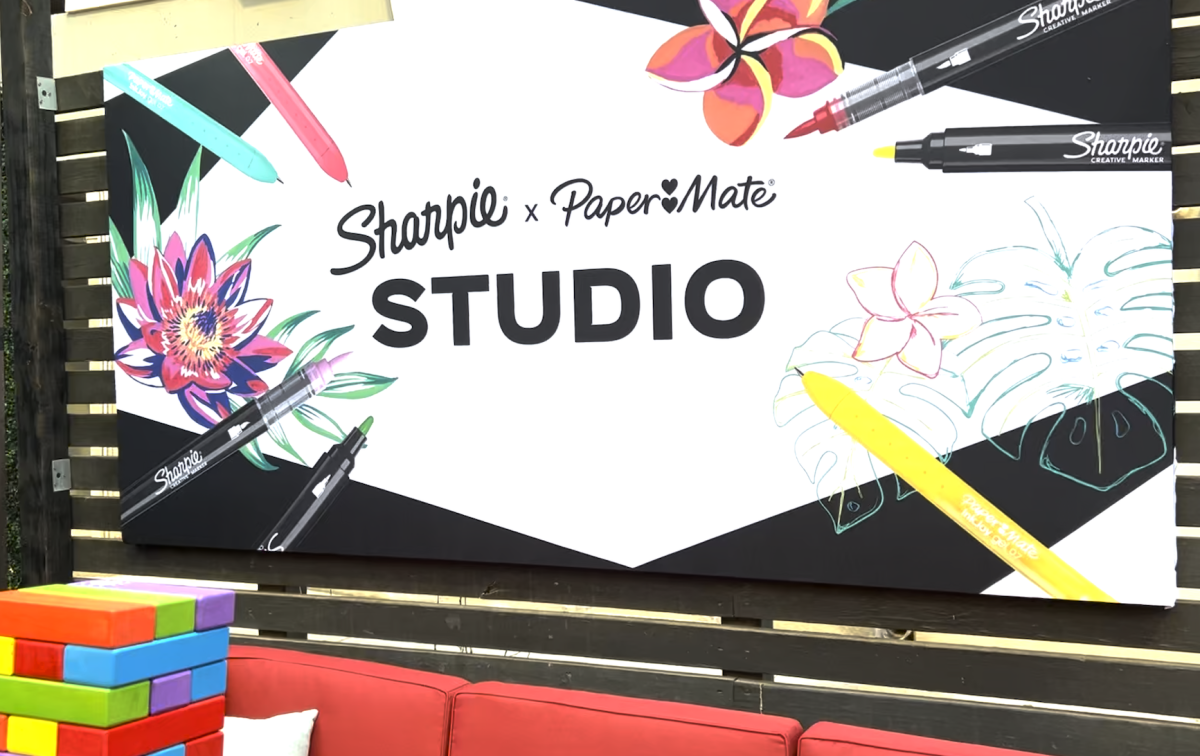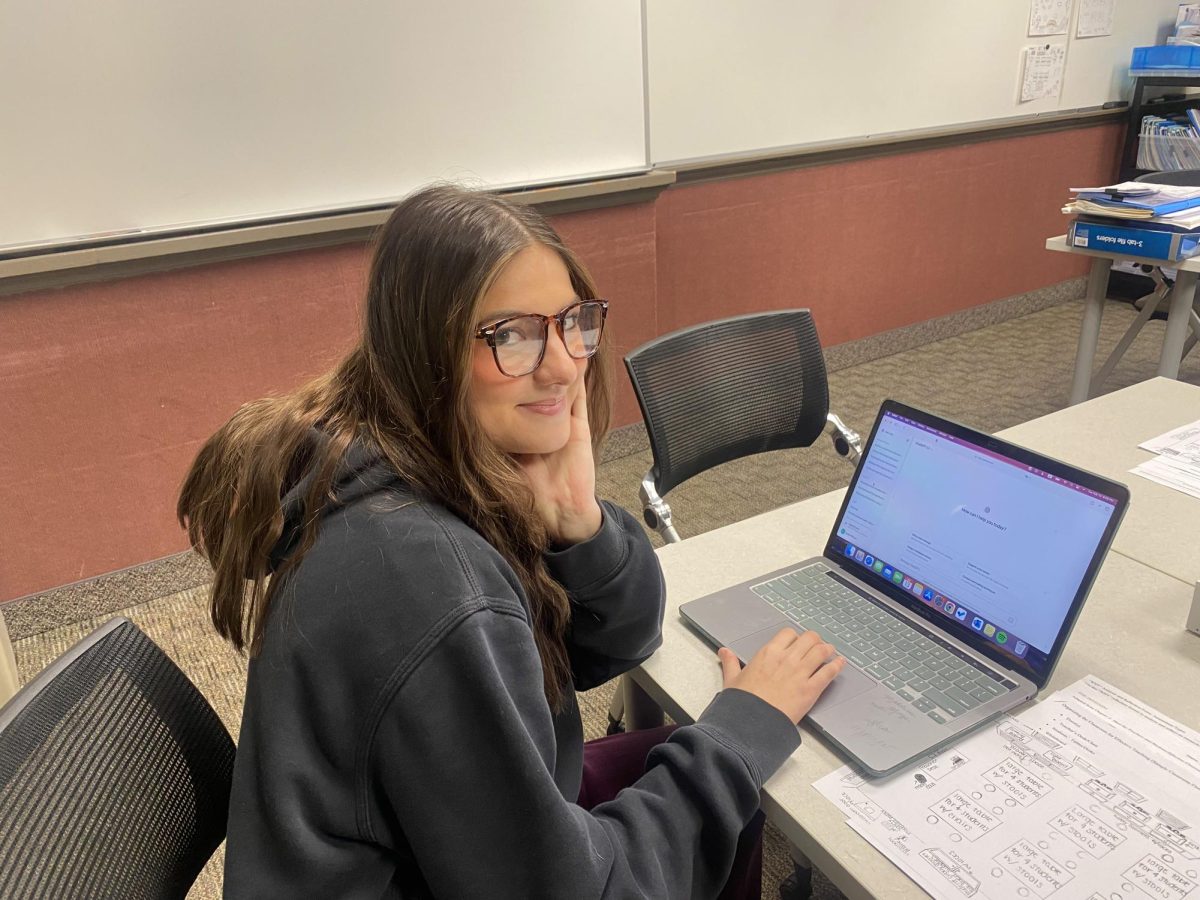As platforms like ChatGPT are becoming more efficient as educational tools, a visiting assistant professor in the School of Business, Suresh Paul, wants to see more artificial intelligence literacy taught in Baldwin Wallace University classrooms.
Paul, a data analytics specialist and programmer by trade, has been working with AI since 2017 and founded his own company, Algorithm Basics LLC, in 2021. The company runs AI models for small businesses.
Paul said that through his experience, he is seeing a disconnect between the teaching methods in the classrooms and what is needed in the workforce when it comes to AI training and literacy.
“The way computing skills are a job requisite, AI is going to become a requisite, so every class needs to use AI, and teachers must basically guide students the right way to use it,” Paul said.
The next two years will host the introduction of custom ChatGPT models, which will be more personalized and “tailored to students’ needs,” said Paul.
These models will function professionally and provide services to students, such as developing a study plan based on given course data.
Sasha Marzev, a current student in Paul’s microeconomics course, works with AI in his classroom.
“It’s like a virtual tutor, but more accessible,” Marzev said. “It caters to your educational needs and builds upon your own questions and answers.”
For his economics courses, Paul said he encourages his students to use AI as a formula sheet to save time on assignments.
“There are a lot of formulas in economics, and I don’t believe in them memorizing any of them,” Paul said. “AI will give answers, their job is to interpret the answers, and that’s it.”
Marzev said these economics classes are heavy in case studies and long word problems and that without AI, her homework would take up to half an hour longer.
“If we’re having trouble understanding a word problem, we can plug it into ChatGPT to simplify,” Marzev said. “It helps me get through the assignment step-by-step, so I don’t waste time trying to understand it.”
However, Paul did address the limitations of AI.
“You have to always take it with a grain of salt,” Paul said. “If you ask it something outside its database, it will not know the answer, but it doesn’t have the humility to say ‘no, I don’t know the answer,’ so it’s going to make stuff up.”
This story was originally published on The Exponent on February 28, 2024.


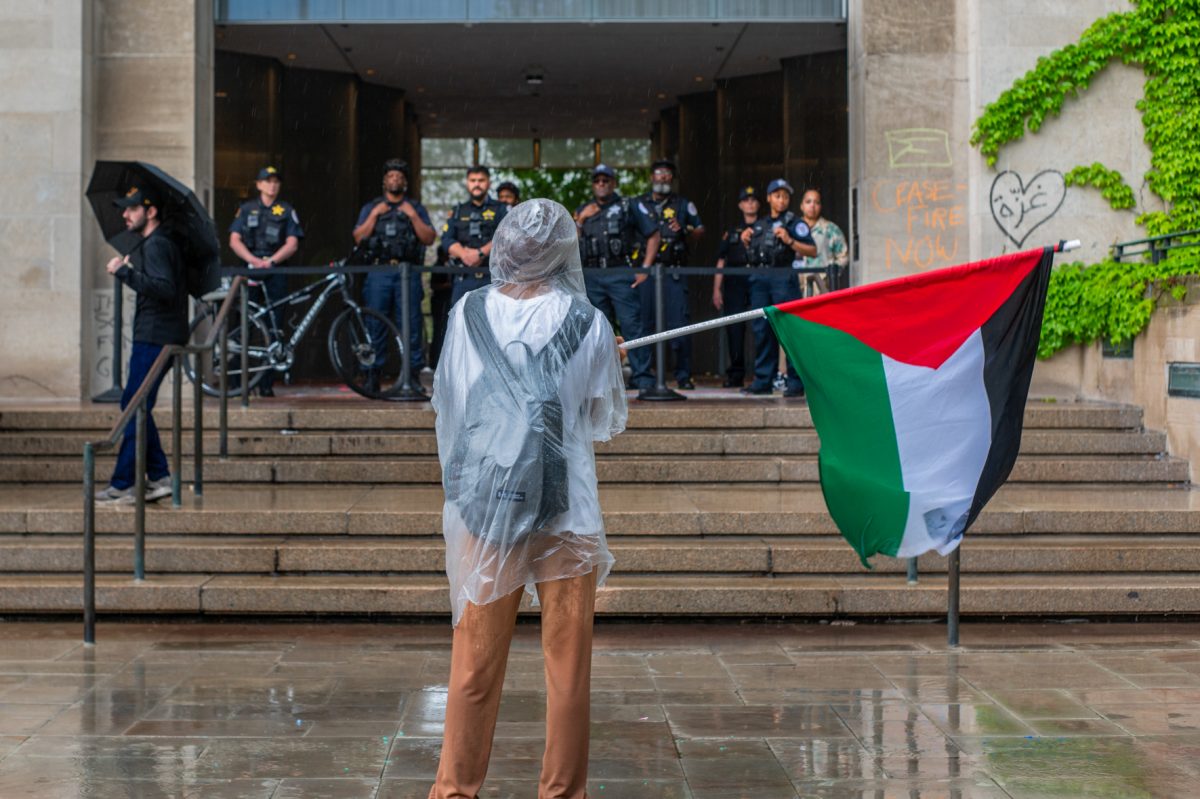



![Social studies teacher Conner Katsev wears his medal, commemorating his achievement of winning the James Madison Fellowship Award. For Katsev, this medal represented everything he worked towards throughout his career. “Some advice would be, don’t get discouraged if you apply once and you don’t get [the fellowship],” Katsev said. “The [effort] to get [it] makes it that much more rewarding when you do get it.”](https://bestofsno.com/wp-content/uploads/2024/05/Hsiao_20240422_Pano_KatsevJamesMadisonAward_006-1200x799.png)

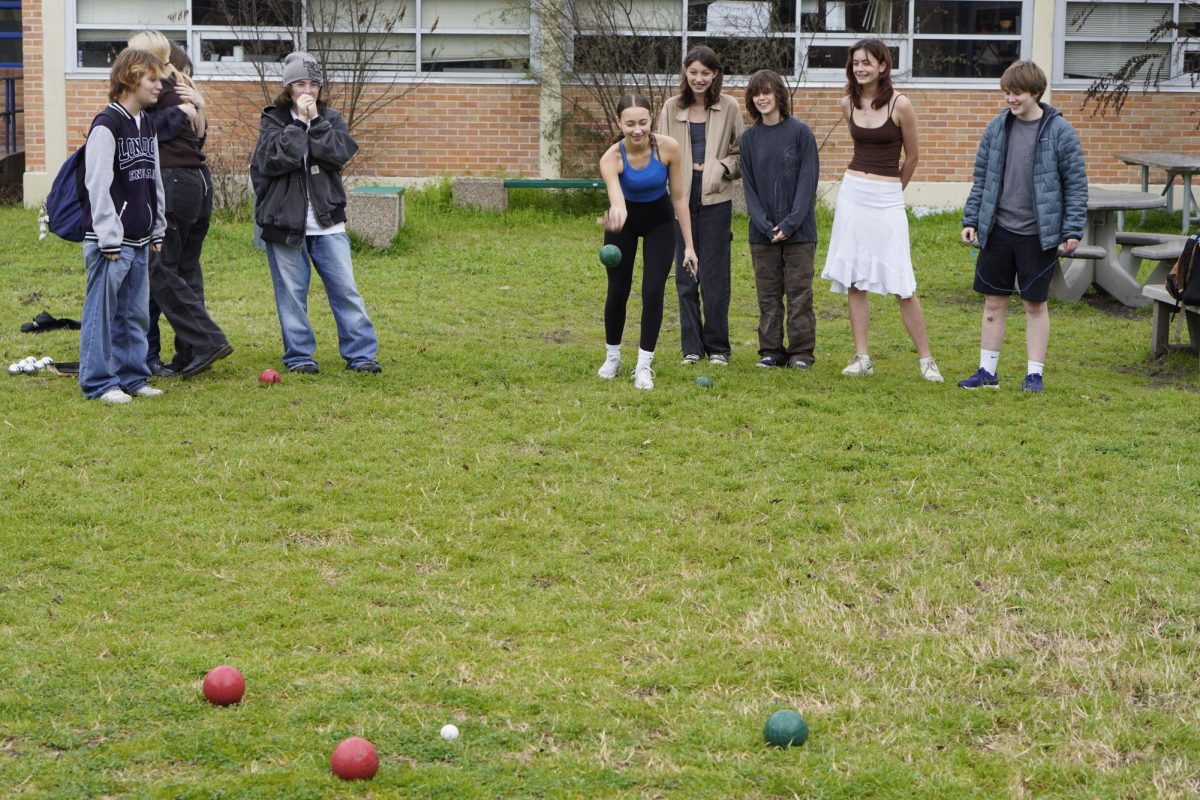
![Freshman Tori Fox dances onstage at the 2023 Oireachtas. Many of her teammates watched her dance and praised her after she received her placement. The support of Foxs teammamtes empowered her. “When I got third [at Oireachtas], everybody just started crying for my friend and I because we were top three together,” Fox said. “When I came off stage, everybody was just running over and trying to hug me.](https://bestofsno.com/wp-content/uploads/2024/05/gu14b-335-0098-800x1200.jpg)
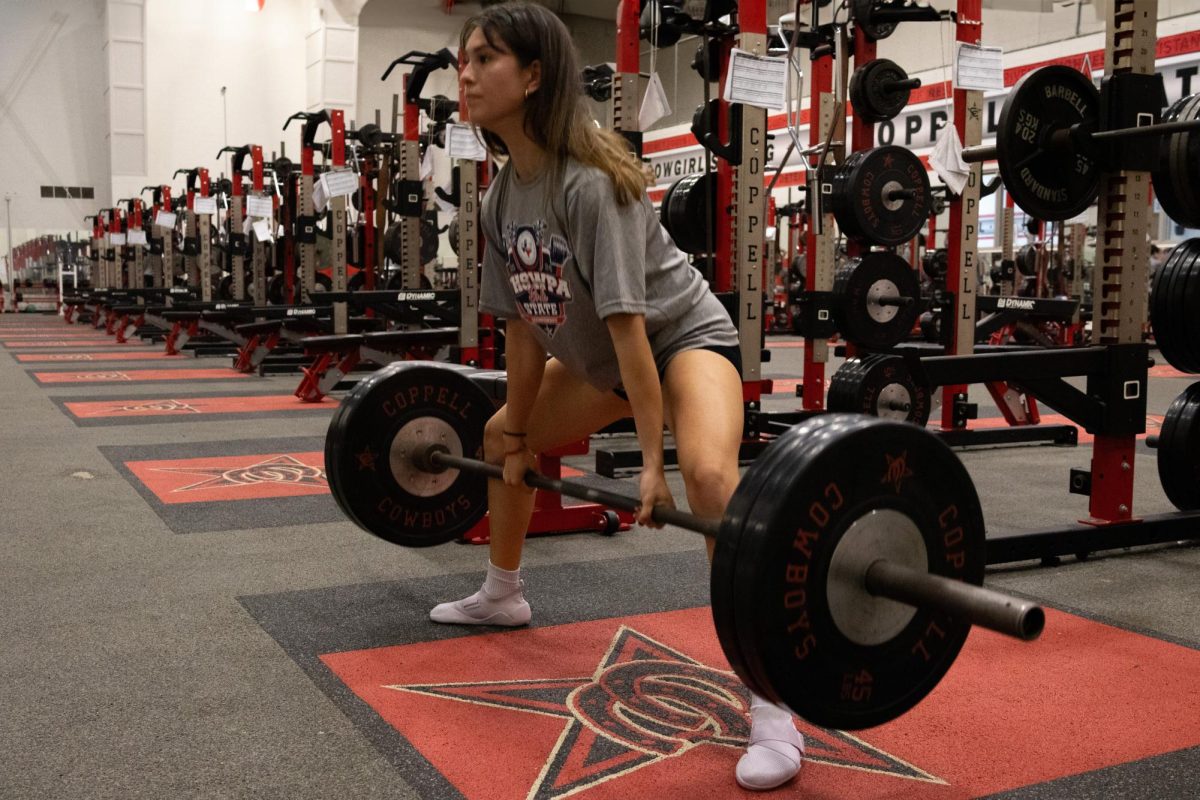
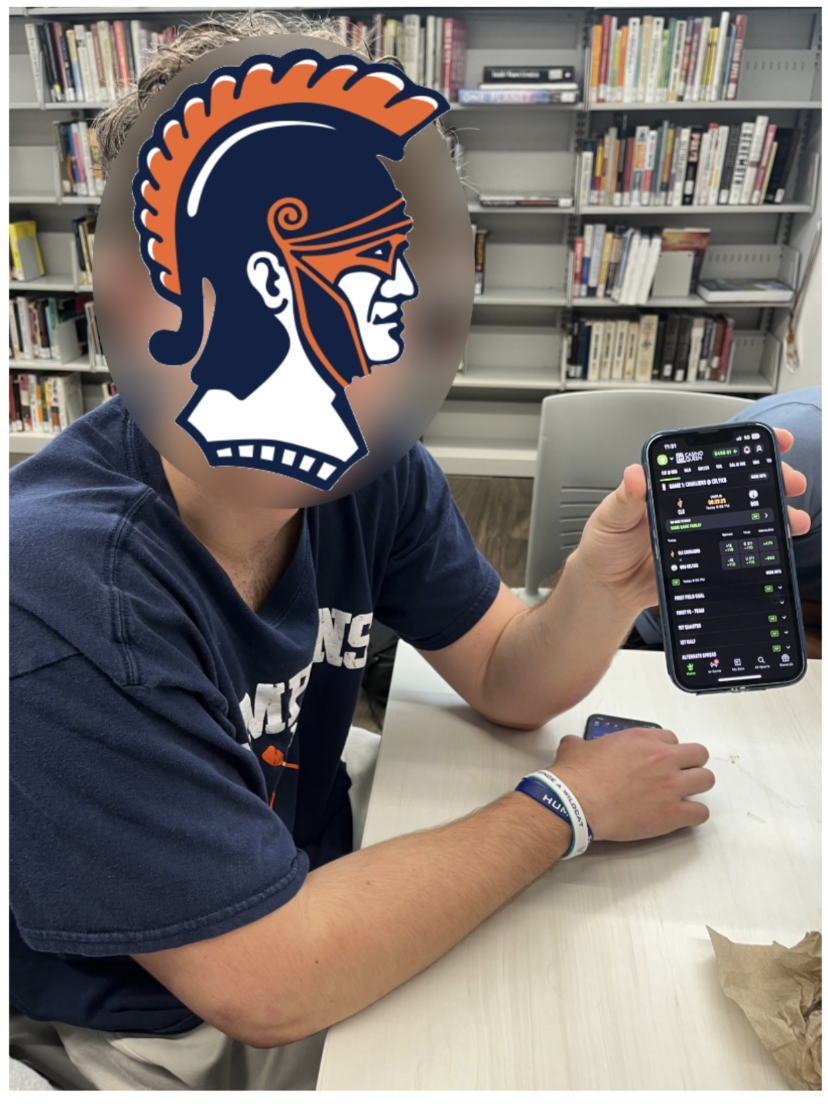
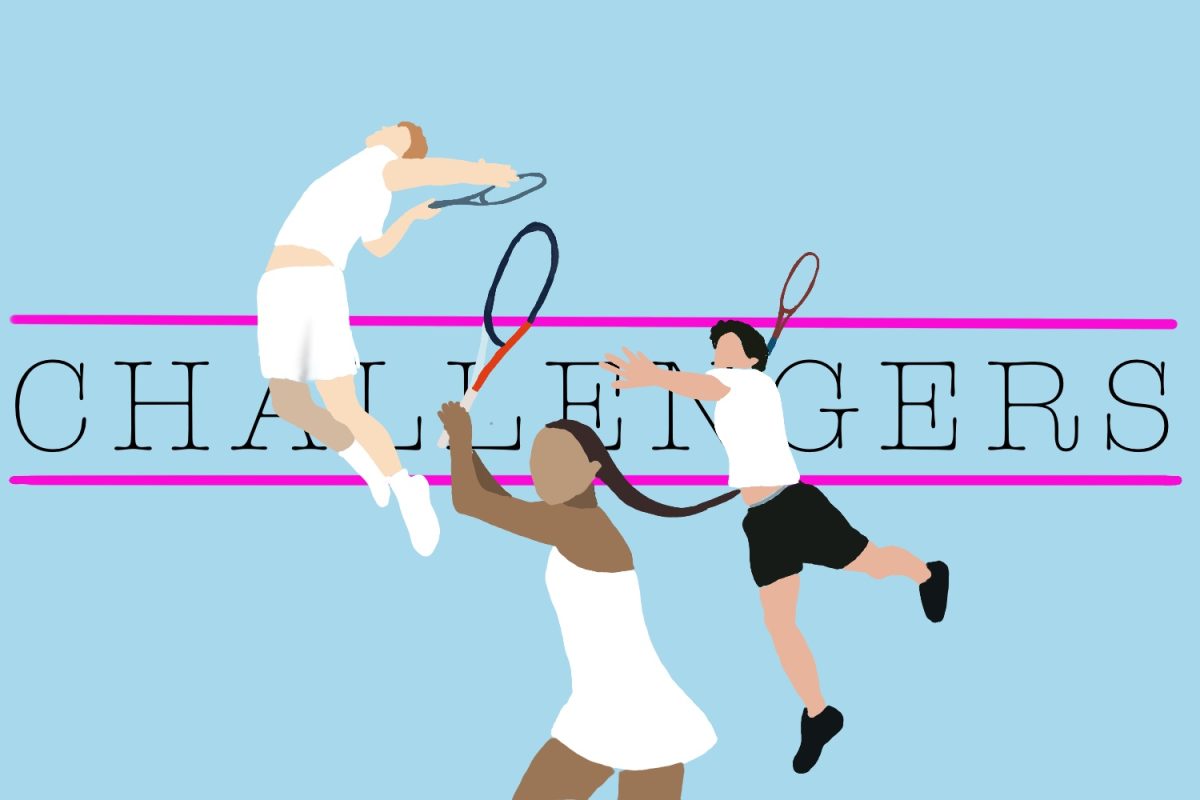







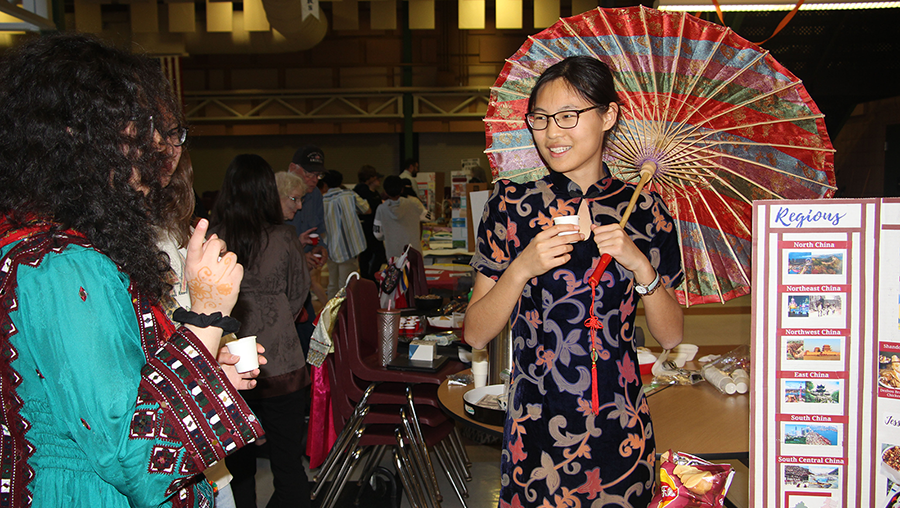


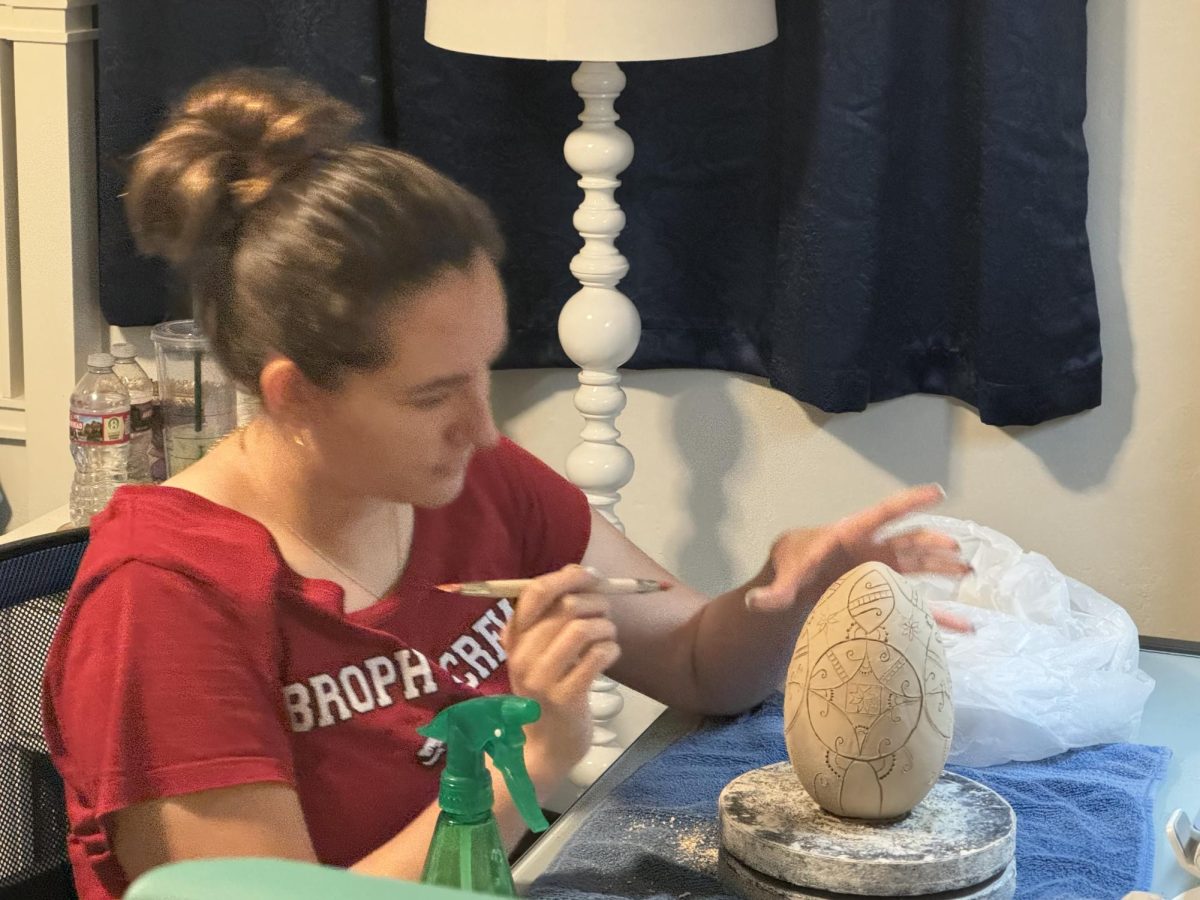

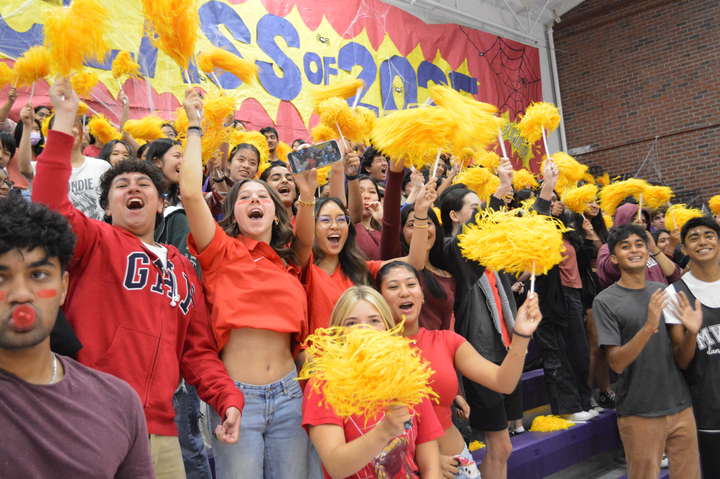



![IN THE SPOTLIGHT: Junior Zalie Mann performs “I Love to Cry at Weddings,” an ensemble piece from the fall musical Sweet Charity, to prospective students during the Fine Arts Showcase on Wednesday, Nov. 8. The showcase is a compilation of performances and demonstrations from each fine arts strand offered at McCallum. This show is put on so that prospective students can see if they are interested in joining an academy or major.
Sweet Charity originally ran the weekends of Sept. 28 and Oct. 8, but made a comeback for the Fine Arts Showcase.
“[Being at the front in the spotlight] is my favorite part of the whole dance, so I was super happy to be on stage performing and smiling at the audience,” Mann said.
Mann performed in both the musical theatre performance and dance excerpt “Ethereal,” a contemporary piece choreographed by the new dance director Terrance Carson, in the showcase. With also being a dance ambassador, Mann got to talk about what MAC dance is, her experience and answer any questions the aspiring arts majors and their parents may have.
Caption by Maya Tackett.](https://bestofsno.com/wp-content/uploads/2024/02/53321803427_47cd17fe70_o-1-1200x800.jpg)
![SPREADING THE JOY: Sophomore Chim Becker poses with sophomores Cozbi Sims and Lou Davidson while manning a table at the Hispanic Heritage treat day during lunch of Sept 28. Becker is a part of the students of color alliance, who put together the activity to raise money for their club.
“It [the stand] was really fun because McCallum has a lot of latino kids,” Becker said. “And I think it was nice that I could share the stuff that I usually just have at home with people who have never tried it before.”
Becker recognizes the importance of celebrating Hispanic heritage at Mac.
“I think its important to celebrate,” Becker said. “Because our culture is awesome and super cool, and everybody should be able to learn about other cultures of the world.”
Caption by JoJo Barnard.](https://bestofsno.com/wp-content/uploads/2024/01/53221601352_4127a81c41_o-1200x675.jpg)

